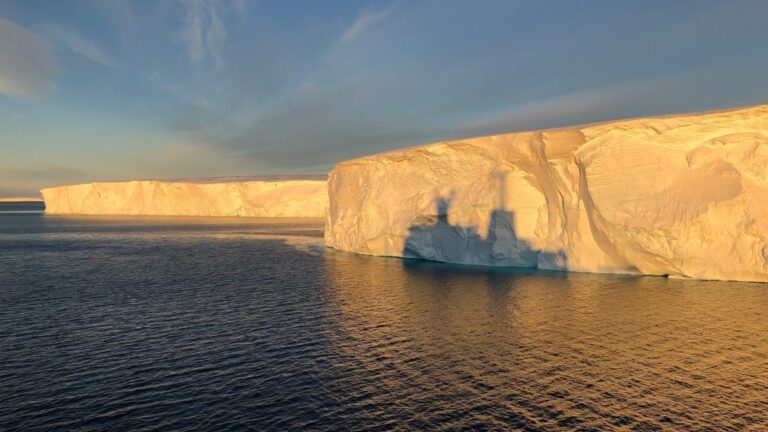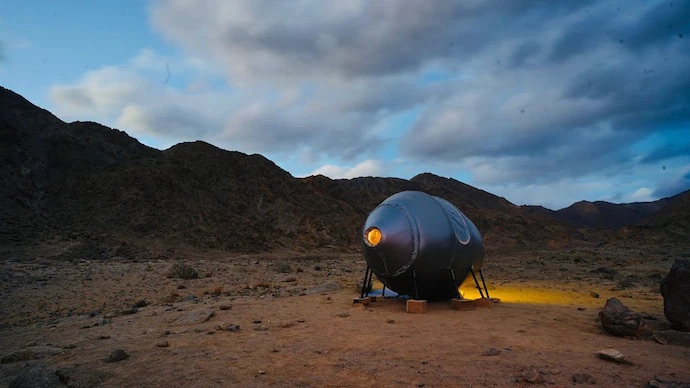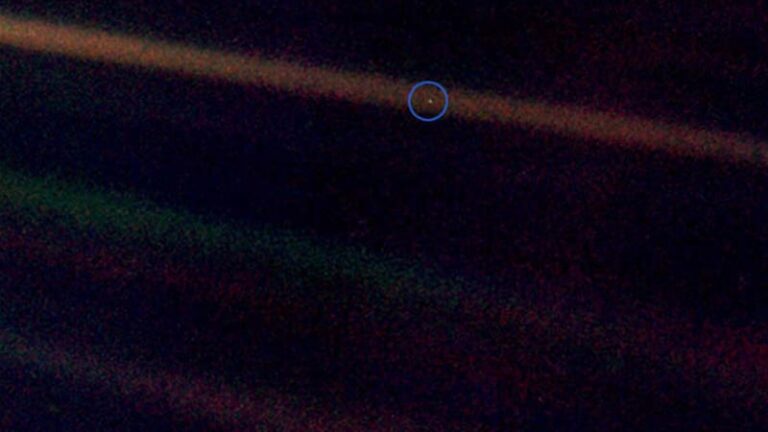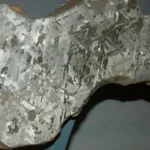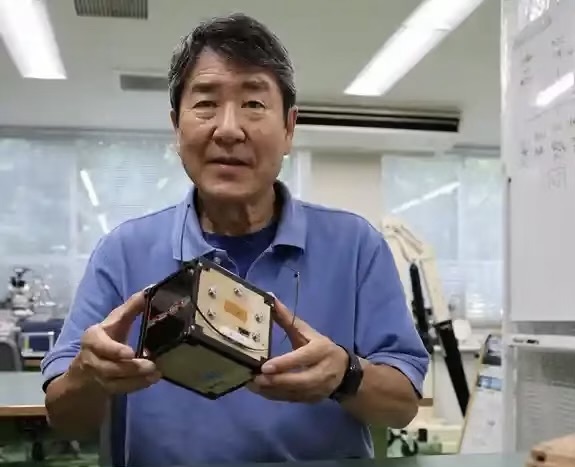
Japan’s Bold Step: Launching the World’s First Wooden Satellite
Japan is preparing to launch LignoSat, the world’s first satellite made primarily from wood, an initiative led by Kyoto University and Sumitomo Forestry. This pioneering mission not only explores the use of sustainable materials in space but also opens new avenues for environmentally conscious space technology. What is LignoSat? LignoSat is a compact, cube-shaped satellite constructed from magnolia wood, chosen…

